Can store picking support e-commerce? Will suppliers and retailers end trench warfare? Can a one size fits all' CM approach be developed? Julian Hunt got some answers in Turin
Tesco Direct was held up as a model of excellence for any food retailer thinking of setting up their own online shopping service.
But the use of stores to support home shopping was immediately dismissed as "unsustainable" by the head of Sainsbury's Orderline.
Alexander Lintner of the Boston Consulting Group told the conference that Europe was way behind the US when it came to e-business except for grocery shopping.
And he said Britain was driving this market, with Tesco Direct accounting for 70% of UK online grocery sales.
Carolyn Bradley, Tesco e-commerce director, claimed it was the world's biggest online grocery business. It has 300,000 customers, makes 4,000 deliveries a day, now covers 40% of the UK population, and has enjoyed growth of 600% since last Christmas.
Bradley said these bullish figures demonstrated retailers could use store picking and still run an economically viable high volume service.
"It's only by offering the full range that shoppers can replicate the supermarket visit. No depot system in the world can offer the breadth of range we can offer from our stores."
Best of all, she said, using the company's existing store base had allowed it to achieve "first mover advantage".
Bradly claimed cannibalisation was not an issue: "Some 30% of our online customers are new to Tesco, and the overall spend per customer is higher online."
And she said Tesco would now use the grocery service as the platform from which it could make inroads into new product areas.
But Jennifer Baker-Hirst, Sainsbury's head of strategic development, said instore picking was not the answer.
"The long-term sustainable model is through a network of warehouses complemented by store picking to give greater geographical coverage," she claimed.
Baker-Hirst said the economics of store picking did not add up, and it came with capacity constraints.
But there was an even bigger issue: "[Online] consumers are far less tolerant and fulfilment needs to be perfect. That is difficult from store picking where service levels are compromised."
Whichever model is chosen by retailers, Roland Berger & Partners predicted the online shopping market would be worth 100bn euros by 2010 or 10% of the entire European grocery market.
The most profitable growth would come from just two consumer groups dubbed the Time Starved and the Modern Responsibles who between them accounted for just 17% of the population.
The consultancy warned just 13% of retailers and 6% of suppliers were actively exploiting the opportunities of online shopping. The key question was whether to wait and see' or aggressively enter unknown territory.
"Those bold enough to exploit e-business opportunities could potentially capture a larger share of the consumer's wallet and achieve above industry average returns."
{{NEWS }}
Close menu
- Home
- Retail & Wholesale
-
Products & Suppliers
- Back to parent navigation item
- Products & Suppliers
-
Product Categories:
- Back to parent navigation item
- Product Categories:
- Alcoholic drinks
- Bakery
- Cereals & breakfast
- Cheese
- Chicken & poultry
- Chocolate
- Confectionery
- Crisps, nuts & snacks
- Dairy
- Fish
- Fresh produce
- Frozen
- Household
- Meat
- Own Label
- Sauces & condiments
- Seasonal
- Soft drinks
- Vaping
- Vegan & plant-based
- World foods
- Suppliers
- People
- Reports & Data
-
Topics A-Z
- Back to parent navigation item
- Topics A-Z
-
Popular topics:
- Back to parent navigation item
- Popular topics:
- Cost of living crisis
- Crime
- Deposit Return Schemes
- Finance
- Government & Regulation
- Health
- Inflation
- Loyalty
- Marketing
- Mergers & Acquisitions
- New Product Development
- Sourcing
- Supply chain
- Sustainability & environment
- Technology
- Ultra Processed Foods
- Vaping
- A-Z all topics
- Content by type:
- Events
- Ask iA (beta)
- Subscribe now
Sign in to comment on this article
Not logged in before? Register for FREE guest access today.
You will be able to:
- Read more stories
- Receive daily newsletters
- Comment on stories
Advert




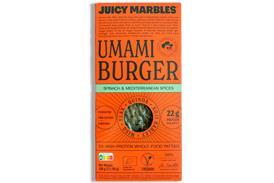






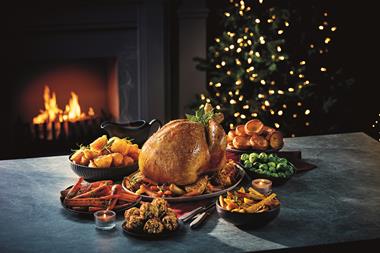


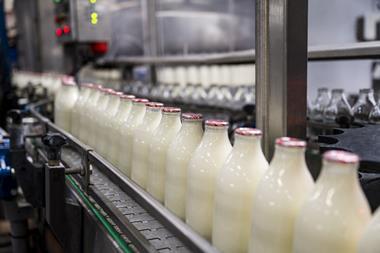


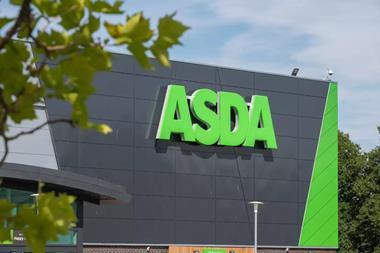
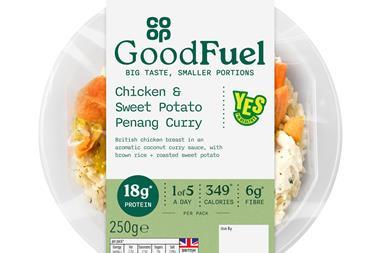
No comments yet